If you do gel manicures regularly, you remember that your manicurist applies a coat of a transparent substance that looks like a nail polish before proceeding to the actual nail polish application. That clear colorless substance is called a nail primer.
But do you know what it is used for?
In this article, we have collected all the useful facts and information on this subject for you! You are going to learn what nail primer is and what it is used for.
Also, we will tell you when you should apply an acid-free nail primer. In addition, we will describe the difference between the two major types of nail primers to you. And moreover, you will learn about some specifics and nuances that the application and use of this product come with.
When a Non-Acid Nail Primer Should Be Applied?
Before your first visit to a nail salon for a manicure session, it is good to know what your manicurist will be doing and what products are going to be used on your nails, and why. But if it is basically clear what nail polish is for, when it comes to a non-acid primer for nails, some of you may get puzzled.
The most frequent question is “When should this primer be used?”.
And by the way, is it necessary to apply it at all? Well, when you want to get yourself a gel nail polish manicure, you will not be able to do that without using a nail primer. This substance is always applied before the manicurist proceeds with the nail polish.
Any nail primer is needed for creating a smooth and even base on your nails, hiding all the distortions and tiniest cracks, as well as any imperfections.
Like that, when the time comes to apply the nail polish, you will get a perfect coverage with a smooth and glossy surface! Also, it provides much better adhesion of the nail polish to the surface of the nails. That means your manicure will last longer and remain in better condition.
Usually, an acid-free nail primer is applied with an almost dry brush. After it is applied to each nail, your manicurist will ask you to sit and wait for approximately 40-60 seconds until the applied substance dries completely.
Now that you know when a nail primer should be applied, let’s learn more about this substance and some helpful extra tips regarding its use. For example, you are going to find out what the distinction between acid-free and acidic nail primers is, and many more.
What Is the Difference Between a Non-Acid Nail Primer And an Acid Primer?
If you ask your manicurist what types of gel primer for nails exist, you will hear that there are two major types of this product that are used in all the nail salons around the globe:
- Acid-free nail primers
- Acidic nail primers
As it is clear from their names, one contains acid and another one doesn’t. But is it the only distinction?
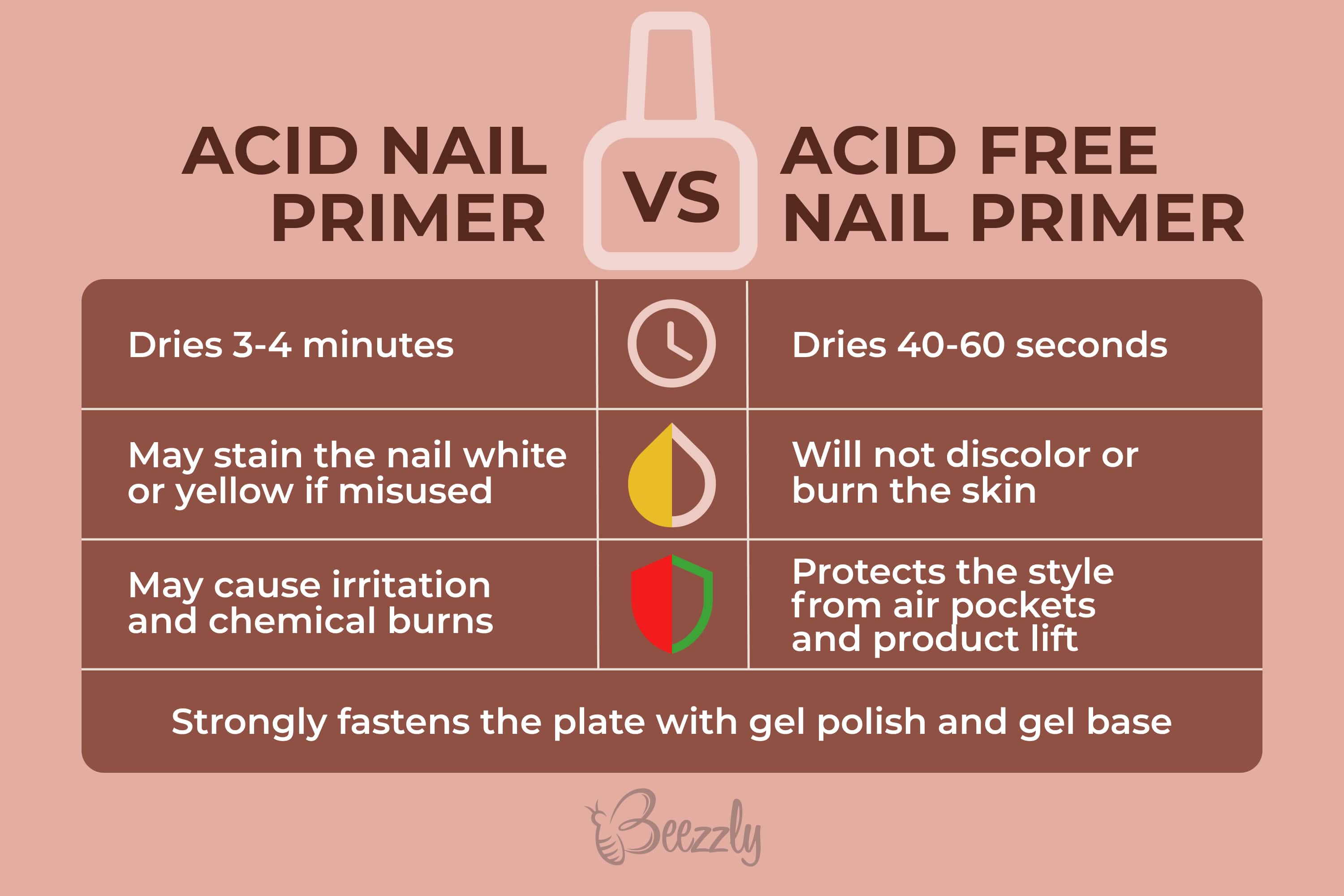
In fact, it is not. Below, you can get more information on each of these nail primers’ types and learn what exactly makes them different.
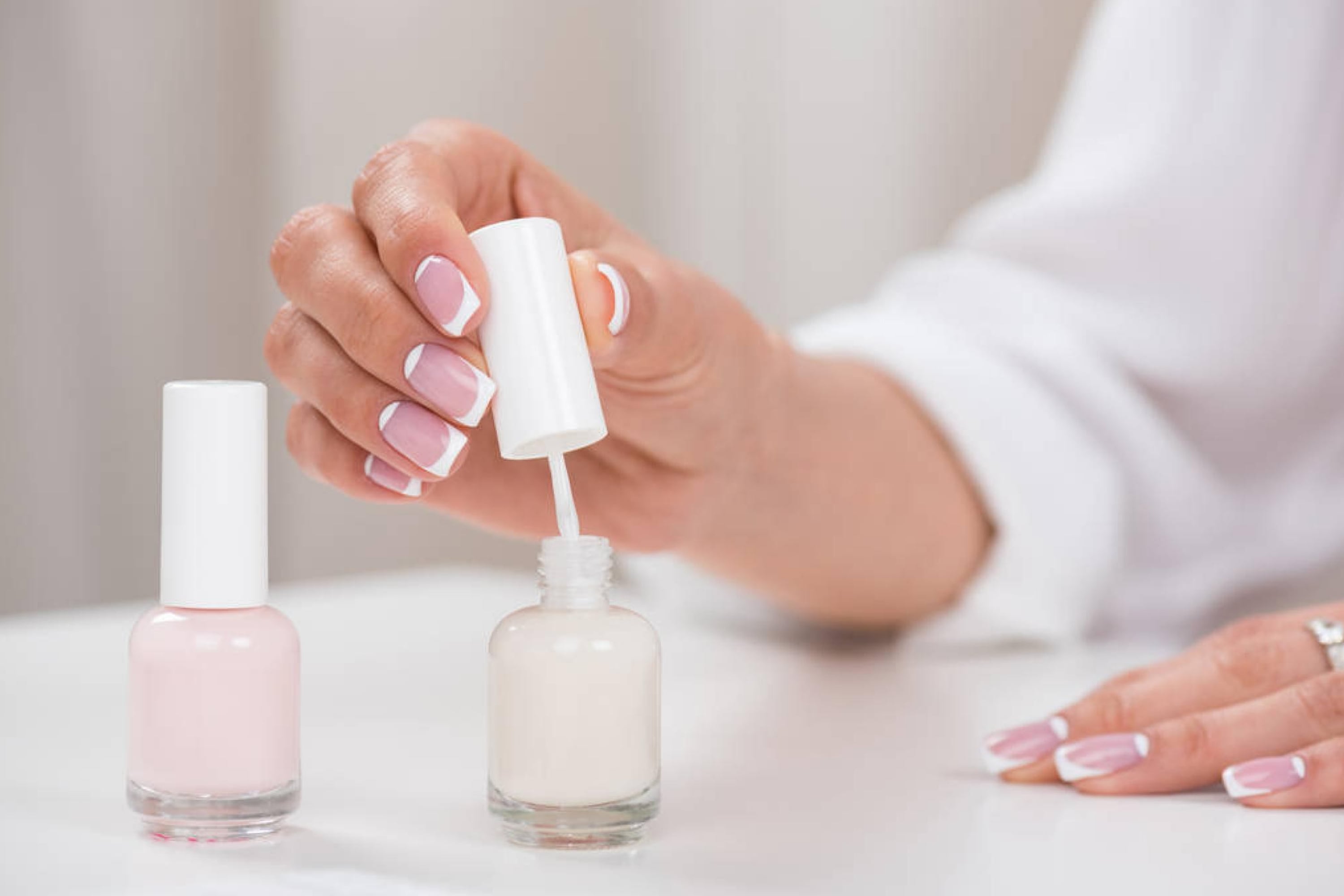
Acid Primer For Nails
Let’s start with the nail primer that contains acid. What other nuances and features does this product have?
- Acidic primer is called like that because it’s 95% part consists of methacrylic acid
- The acidic primer dries on the nail plate in 3-5 minutes, resulting in a whitish color
- If an acidic primer comes into direct contact with the skin as a result of negligence, it can cause irritation and chemical burns!
- Acidic nail primers have the ability to turn the enhancement yellow if not used correctly
- It’s important to use extreme caution while using acid-based primers
- This type of nail primer should be applied sparingly. Simply dot it on the natural nail in tiny circles using 5 nails at a time before putting the brush back into the bottle until it’s dry
- Avoid touching any surrounding soft tissue when applying primer
- When it involves acid-based primers, using less is certainly better than using too much!
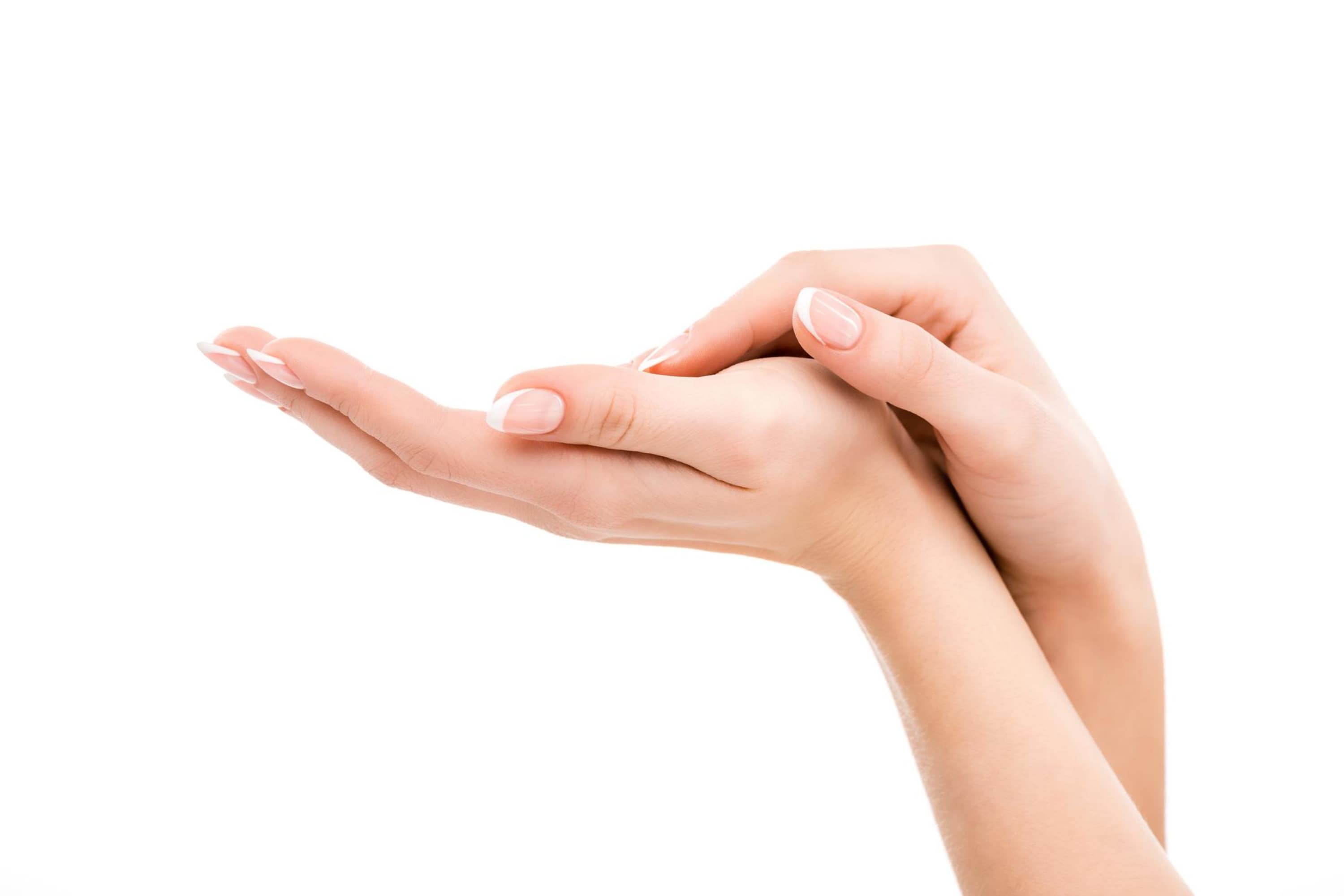
Non-Acid Nail Primer
Acid-free nail primers are often more preferred by both manicurists and their clients. But what could be the reason for this? Here you can check out some most significant distinctions of this substance that make it differ from its acid-containing “cousin”.
- Acid-free nail primer is the most preferred and most used product for increasing the adhesion of products to the natural nail plate
- It’s irreplaceable whether you create gel nails, acrylic nails, or gel polish manicures
- When you use an acid-free primer, the excess amount of it will not discolor or burn the skin
- Using an acid-free primer is recommended for ensuring a firm bond
- It protects the style from air pockets and the product lifting
- It binds the plate extremely firmly with gel polish and gel bases
Now you understand better what makes these two types of nail primers distinct. As you can see ow, acid-free primers are safer to use since they bring no risk of acid burns should you set a blot on your skin.
Also, nail primers that contain no acid usually provide a somewhat better bond, plus, they are known for preventing air pockets from developing. All this means that, when your manicurist uses acid-free nail primer, you will surely get a better quality manicure!
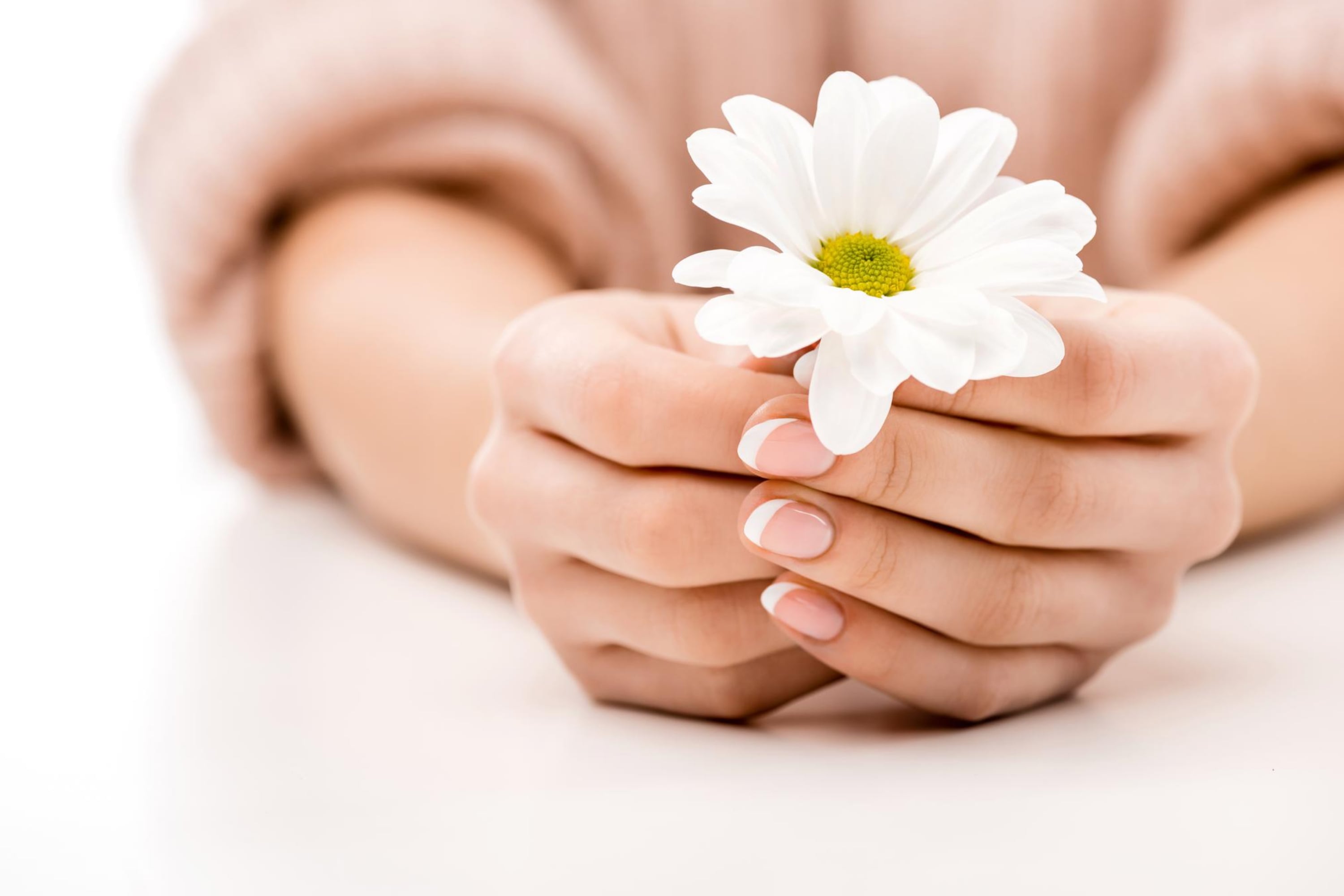
Is There a Difference Between Nail Primers And Nail Dehydrators?
Sometimes, when you visit a nail salon for a gel manicure session, you can see that your nail master applies one more substance to your ails before using a primer. And quite often, people mistake that another substance with the primmer.
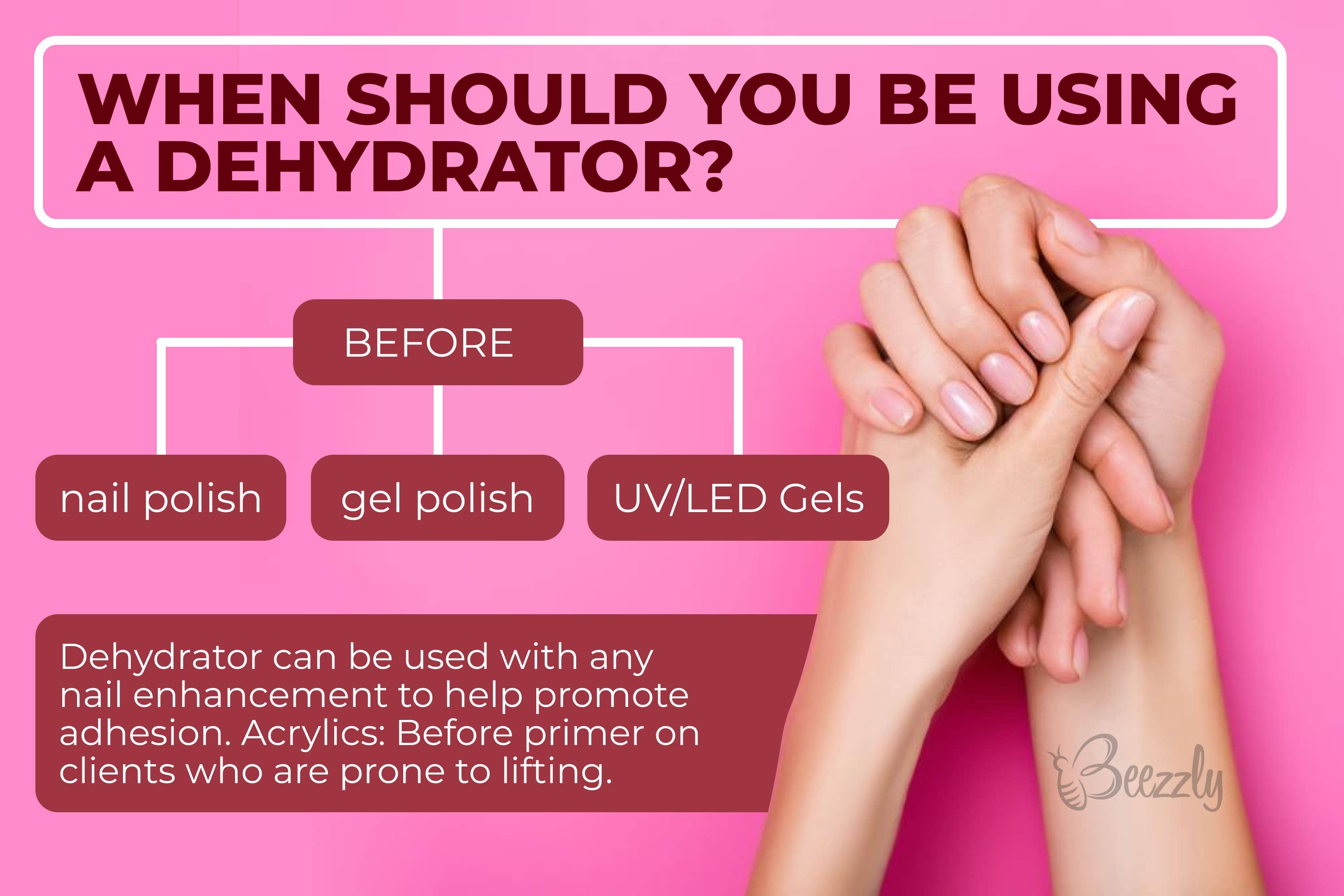
However, these are two different liquids! The one that is applied prior to the primer is called a nail dehydrator.
This nail dehydrator is a liquid that has degreasing abilities. Before applying the nail primer, your manicurist will apply the dehydrator first. It gently dehydrates the natural surface of the nails and seals the nail pores after polishing them to make them matte.
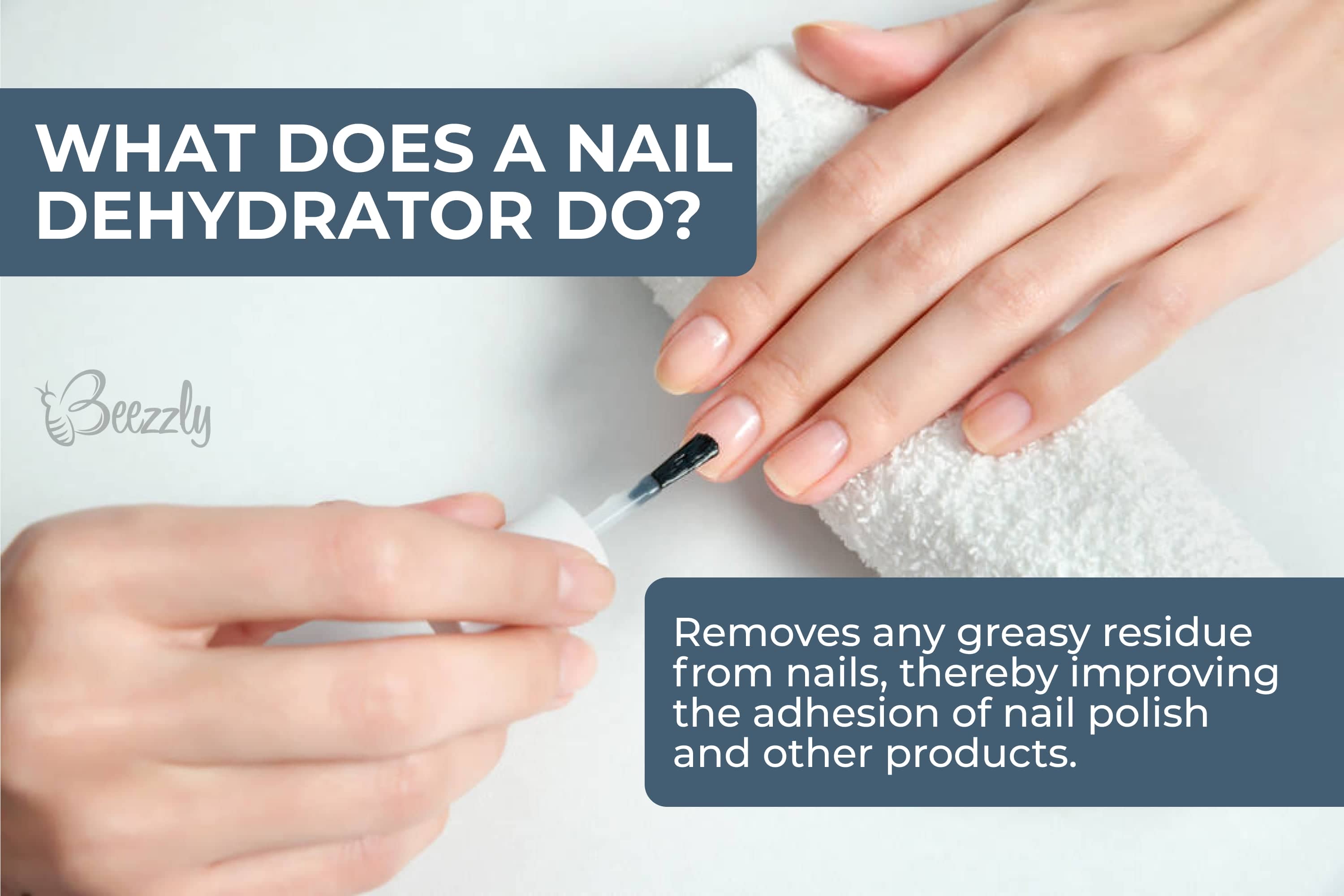
Nail dehydrators do not change the nail’s own PH and are therefore suggested for obtaining optimal results while doing a permanent nail polish service. Using this substance for several services in a row can help us to minimize oil formation on our nails during our job.

How Do You Apply Nail Primers Correctly?
Well, unless you are a manicurist, it would be more correct to ask how these primers should be applied. And indeed, the method of their application slightly varies depending on what kind of a primer your manicurist uses.

Acid-Free Nail Primer
The first component in your manicure is always a primer. An acid-free primer of any brand should be applied to each nail with a nearly dry brush. Then, you should allow it to dry for around 40-60 seconds.
It is acceptable to work on an acid-free primer that hasn’t completely evaporated because it won’t fully evaporate anyway. Only apply a base coat to the natural.
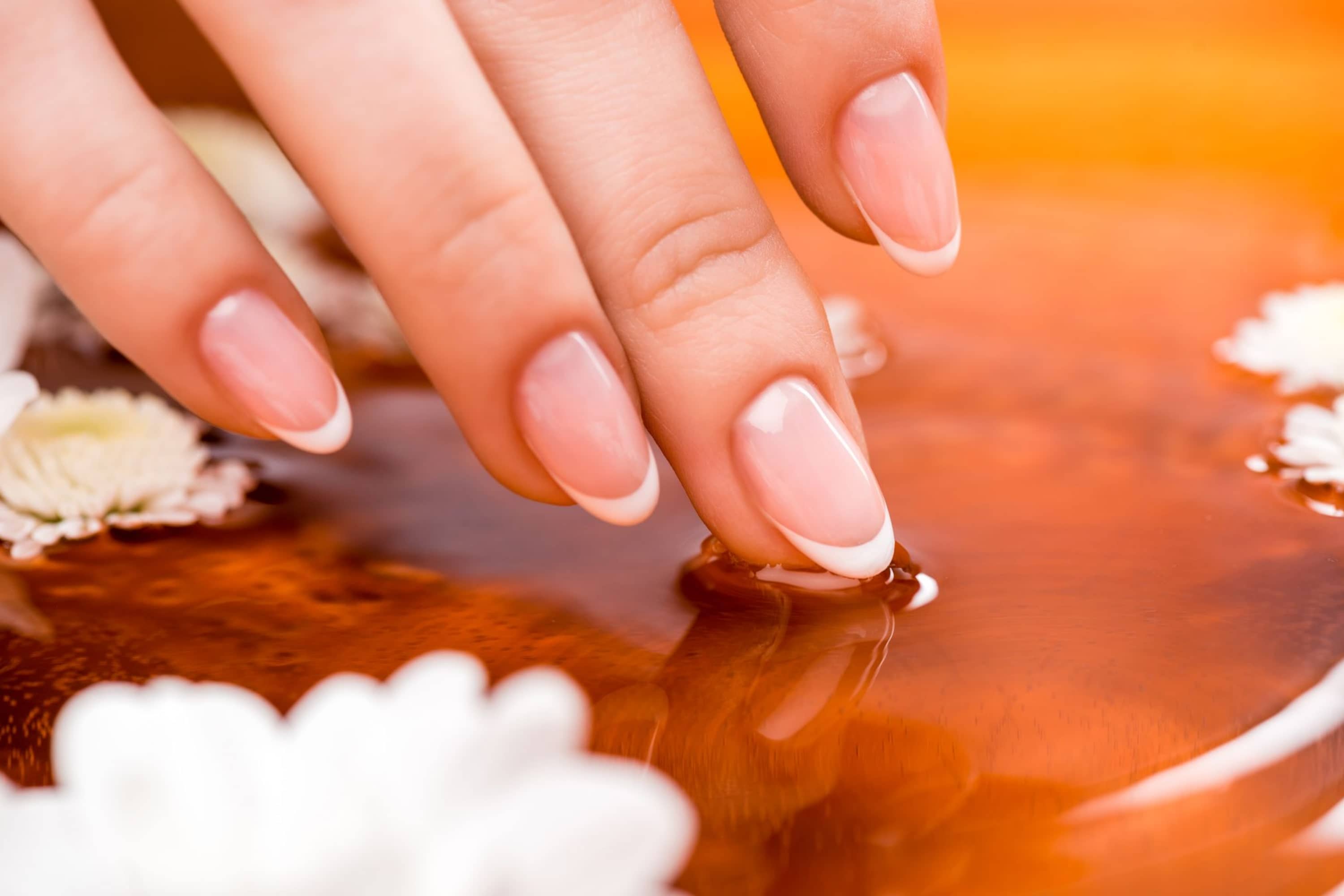
Acid Primer
When your manicurist is working with the acidic nail primer, the scheme and approach will slightly differ. Before applying an acid primer, a nail master has to apply one or two small dots of this product to the nail.
It will then spread across the nail plate on its own as a result of this. Before applying your gel manicure with acid primer, your nail master shall also make sure it has fully evaporated!
Like this, now you know how each of these substances should be applied according to the rules of their use. It will help you not only better understand how proper application might help your nail master make the manicure better.
Also, this information will allow you to notice if time if your manicurist did anything wrong and ask for fixing it.
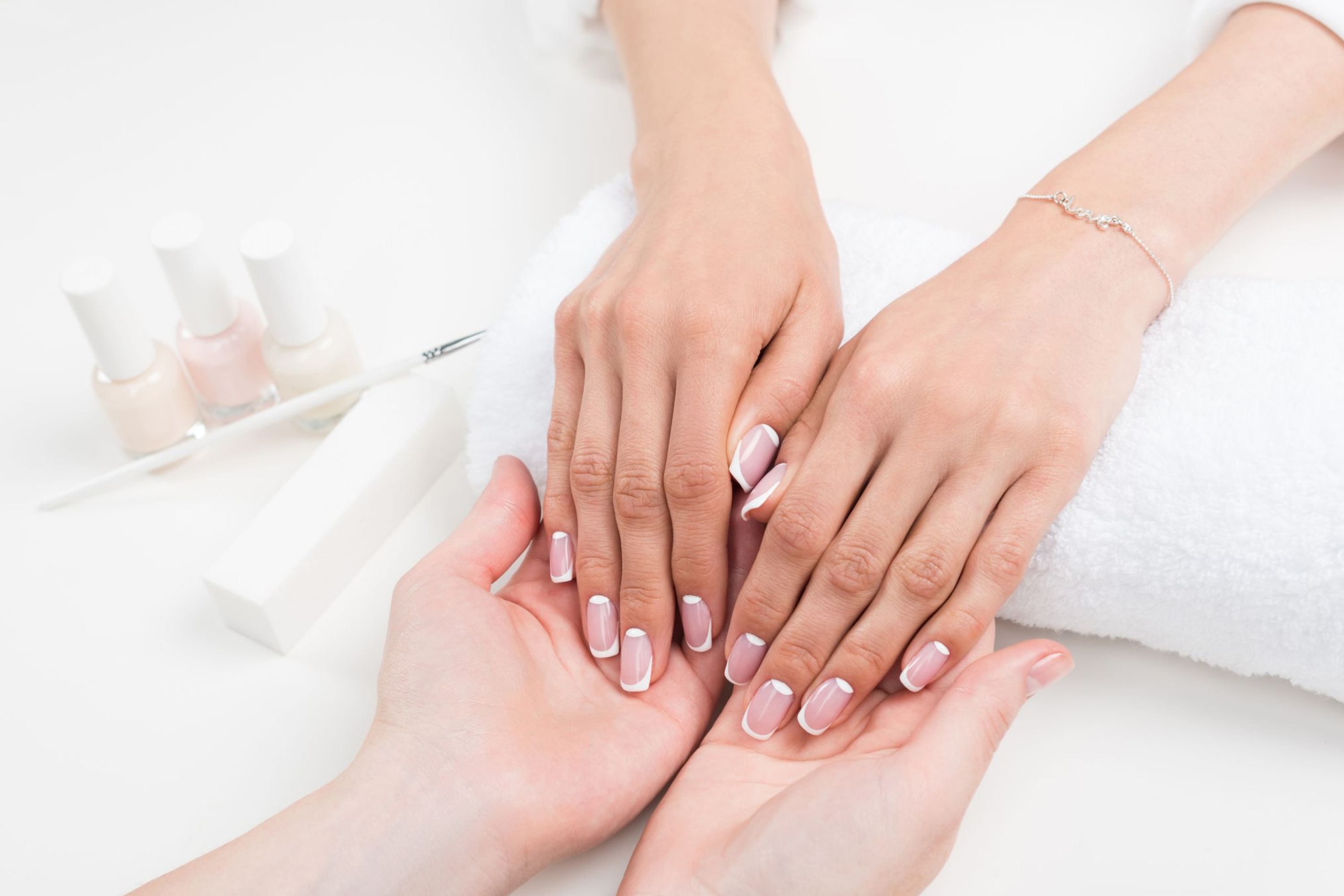
What Is the Difference Between Nail Primers And Base Coats?
There is another category of products that are widely used in nail salons for manicures. We mean base coats for your nails.
And guess what? People also tend to mistake them to nail primers!
In order to make things clear for all of you once and for all, here is a brief description of each product.
Nail Primer
A nail primer is a product that can remove any moisture, oil, or grease from the surface of your nail plates. The results will be good and long-lasting if you get a manicure after all this.
The purpose of a nail primer is to dehydrate your nails, thus allowing your acrylics or polish to adhere better.
However, despite all the good that this substance does to your nails, you should use nail primers or dehydrators moderately! Ideally, they should be applied when they are truly necessary, such as when applying acrylics or when you’re prone to peel or chip.

Base Coat
A base coat is a clear polish that is used on your nails in order to make a gel or regular nail polish last longer. Base coats will help your polish adhere more readily to the surface of the nail, as well as protect the nails from staining.
The plasticizers that the base coats contain enhance the flexibility and adherence of the substance to the nail. If your natural nails appear yellowish, you should invest in a good base coat that has stain-preventing qualities.
Base coats protect the integrity of your nails by forming a protective layer on top of them. This protects your nails from any potentially harmful chemicals in the polish or gel you’re using.
Homemade Version (Or Substitute) Of a Nail Primer
It is also possible to prepare a DIY nail primer if you, let’s say, do manicures at home for yourself. The simplest option for making a DIY nail primer and dehydrator is to make use of a mix of acetone and isopropyl alcohol.
Because of the moisture, as well as the oil on your nails, your nail polish (no matter whether it is acrylics, gel polish, and even regular polish) is unable to adhere to your nail plate. But with the homemade nail primer, you can fix this issue!
Here is how to use this product:
- To clean your hands, apply isopropyl alcohol to your nails
- After the alcohol has evaporated, proceed with a coat of acetone to your nails
- Allow the acetone to evaporate
- Finally, once the acetone has fully dried, you may begin using your products
Like this, you are now aware of certain nuances of a nail primer use and application that you might not be aware of before. Now you know when this substance should be applied and why it is used.
Also, you are now aware of some distinctions that exist between nail primers and other products used in a gel manicure, such as bases, dehydrators, etc.
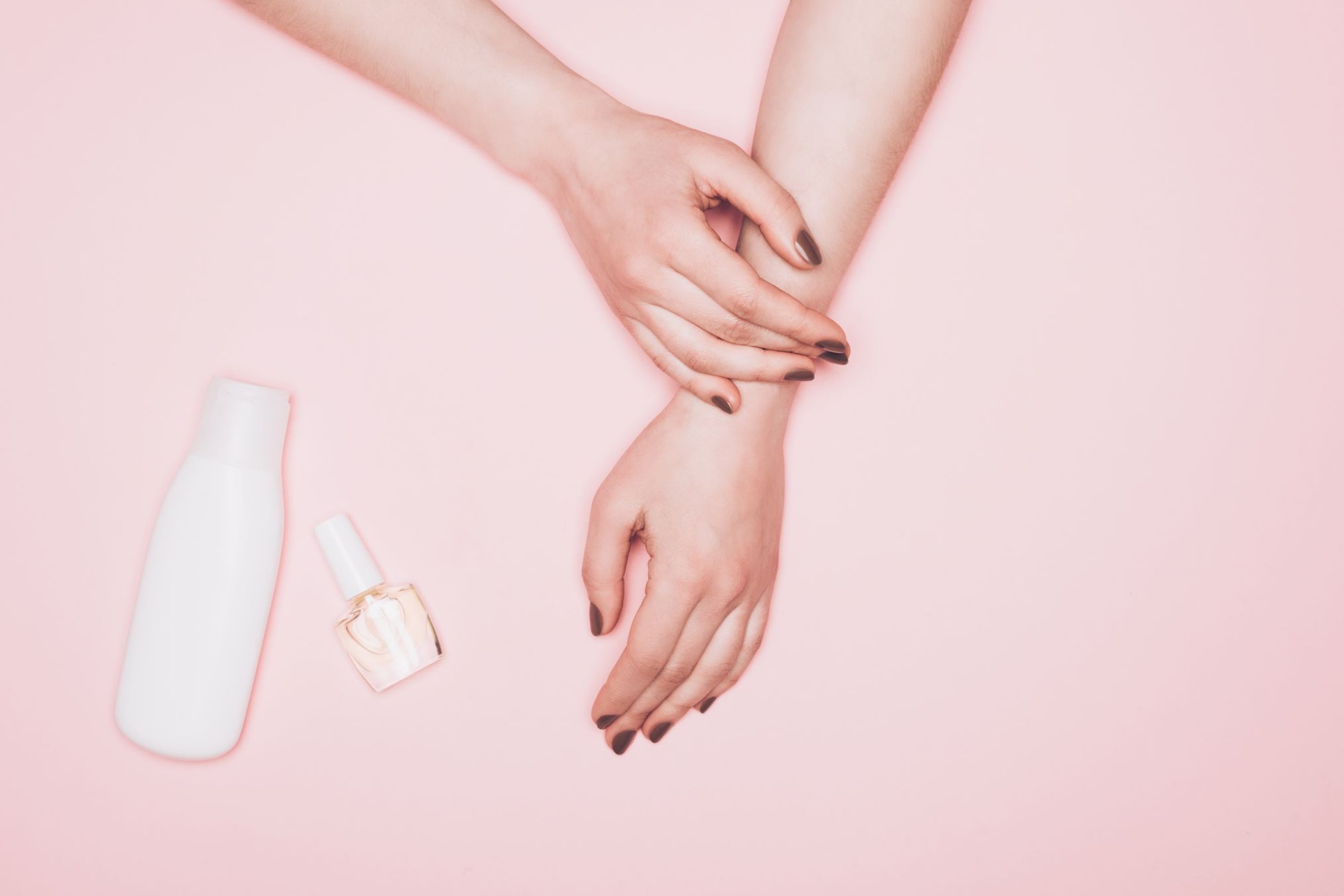
[wp-faq-schema title=”Frequently Asked Questions”]

What can I use to dehydrate my nails? I’ve recently started to make manicures at home, but since my nails develop some strange reaction to commercial primers, I’m looking for any harmless and DIY options.
Well, I typically use acetone as a dehydrator. Don’t know how safe and harmless it is, but you can try it at least. But if I were you, I’d ask my manicurist for advice. Maybe, you have an allergic reaction and your nails need treatment!
Hi! Need your help! I’ve recently bought a nail polish but it doesn’t dry! Seriously. I waited for 3 (!) hours after applying it, and it was still almost liquid. Is it expired or what?
I’m pretty sure you bought a gel nail polish by mistake. I did the same once and it was a nightmare because I had to go to the party and I had those ugly black nails!